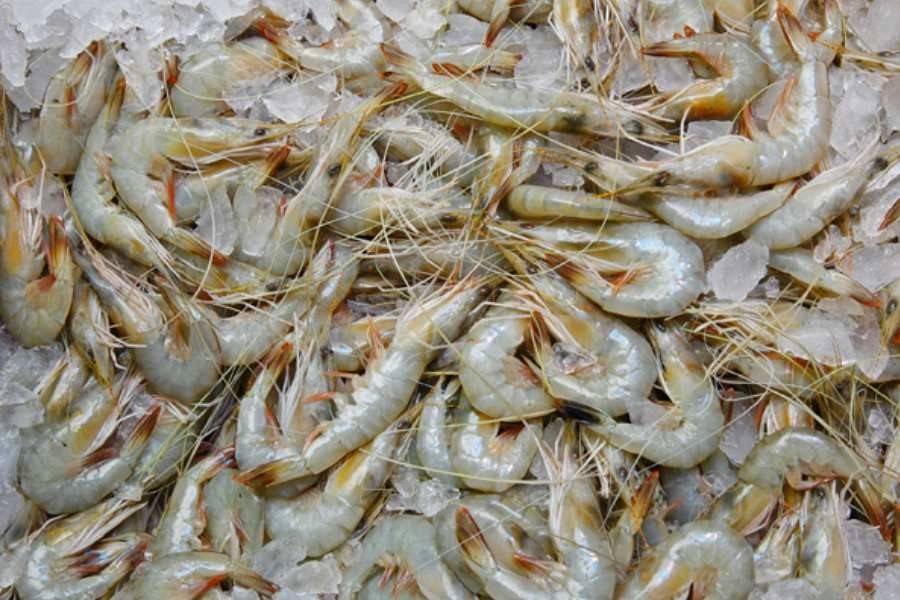The last time the export of frozen fish saw its best performance was in the fiscal year 2013-14 when it earned US$638 million. Notably, the major components of that export were tiger (baghda) shrimp and fresh water prawn. But since then it has been a story of constant decline. However, as the Export Promotion Bureau (EPB) figures show, in FY17, it appeared, things were changing for the better as the receipt from frozen fish export was US$526 million, though far below FY14's. And in the last fiscal (FY22), it again showed a short-lived upturn bringing US$532 million as earning from frozen fish export. Interestingly, though, this amount of receipt from the frozen fish export was higher than it was in the previous fiscal (FY21), the volume of export actually decreased in comparison with that of the previous year.
According to the Ministry of Fishery and Livestock, the country exported over 74,000 tonnes of frozen and live fish in FY22, which was 3.32 per cent less than the volume exported in FY21 at over 76,500 tonnes. This decrease in the volume of frozen and live fish has to do with their low production and higher domestic consumption. Going by the latest EPB data, the trend in frozen fish export and the earnings from it have registered a further downturn. During the first five months (July to November) of the current fiscal, FY2022-23, earning from frozen fish export has fallen by 27.39 per cent compared to the same period of the previous fiscal year (FY22).
As could be gathered from reports, the recent decline in Bangladesh's export of frozen fish is due mainly to the fall in demand for the rather expensive variety of shrimp, tiger shrimp as well as fresh water prawn in the European Union (EU) market. And it is to be noted that about 50 per cent of the country's frozen fish exports are destined for European Union (EU) market, while 10 per cent (mainly frozen shrimp) go to Russia. The Ukraine war has compounded the problems in the European Union (EU) economy as it was already smarting under high inflation. The recessionary trend forced consumers there to look for a heaper variety of vannamei shrimp coming in large quantities from Vietnam, China, India and Thailand.
While the vannamei variety of the shrimp is grown commercially using modern cultivation methods, the kind of shrimp Bangladesh exports is cultivated by poor and marginal fish farmers. In fact, the situation of this sector has gone from bad to worse over the years due to shortage of raw materials, scarcity of farming areas, absence of efforts to attract both local and foreign investment and policy support from the government. Worse yet, the consumers' choice of product type is also shifting in the highly competitive international frozen fish market. In this connection, expressing serious concern over the ever-deteriorating condition of the frozen fish sector over the years, Bangladesh Frozen Foods Exporters Association (BFFEA) in a recent letter to the commerce ministry has sought government support including increasing the rate of cash incentive it is entitled to from the existing 10 per cent to 20 per cent from for the next two years. Also, it asked the government to allow production of vannamei shrimp on a commercial scale in Bangladesh. The government should give what the frozen fish exporters are demanding and do what is needed to be done in earnest to protect and promote this segment of the economy.


